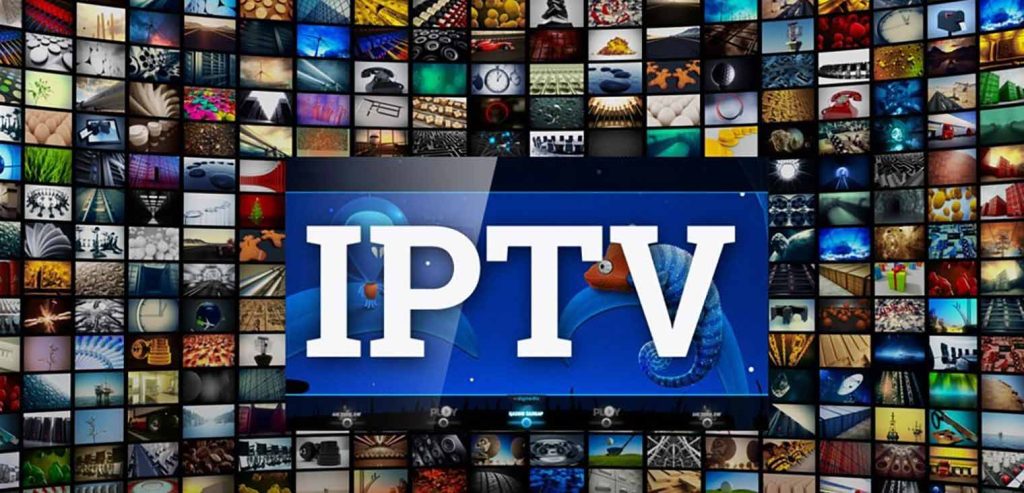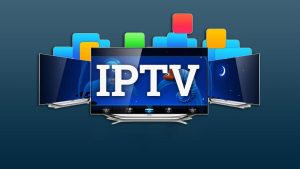
Introduction to IPTV
Internet Protocol Television (IPTV) represents a revolutionary shift in the way we consume television content. Unlike traditional broadcasting methods such as satellite and cable TV, IPTV delivers television programming through internet networks. This modern approach to television allows for more flexibility, interactivity, and personalized viewing experiences. As the internet becomes increasingly integrated into our daily lives, the adoption of IPTV is growing rapidly, providing consumers with a vast array of choices and conveniences that were previously unimaginable.
How IPTV Works
IPTV functions by converting television signals into digital data that can be transmitted over the internet. This data is then received by the user’s device, which could be a smart TV, computer, smartphone, or dedicated IPTV box, and converted back into a viewable format. The process involves three primary components: the IPTV service provider, the content distribution network, and the user’s receiving device. Service providers acquire television content from various sources, encode it into a digital format, and distribute it through their networks. This method not only enhances the quality of the broadcast but also enables features like video on demand (VOD), live streaming, and time-shifted TV, allowing viewers to watch their favorite shows at their convenience.
Benefits of IPTV
The advantages of IPTV are numerous and impactful. One of the most significant benefits is the ability to offer a highly personalized viewing experience. Users can choose from an extensive library of content, including live TV channels, movies, series, and specialty programming, often bundled into customizable subscription packages. Additionally, IPTV provides superior picture quality, including HD and 4K resolutions, thanks to its digital transmission. Another key benefit is the interactive features IPTV supports, such as pausing live TV, recording shows, and accessing additional content like subtitles and alternate camera angles. These features, combined with the convenience of accessing content on multiple devices, make IPTV a compelling option for modern consumers.
Challenges and Future Prospects
Despite its many benefits, IPTV faces several challenges. One of the primary issues is the need for a reliable and high-speed internet connection, which is not universally available, particularly in rural areas. Additionally, IPTV services are often subject to network congestion and buffering issues, which can detract from the viewing experience. Piracy and illegal streaming are also significant concerns for IPTV providers, as they struggle to protect their content and maintain revenue streams. However, advancements in technology, such as 5G networks and improved compression algorithms, are expected to mitigate these challenges. The future of IPTV looks promising, with ongoing developments likely to enhance its reliability, accessibility, and overall user experience, making it a dominant force in the television industry for years to come.
In conclusion, IPTV subscriptions represent a major advancement in the television industry, offering unparalleled flexibility, quality, and convenience. As internet infrastructure continues to improve and technology advances, IPTV is poised to become the standard method of television delivery, reshaping how we watch and interact with our favorite shows and movies.



